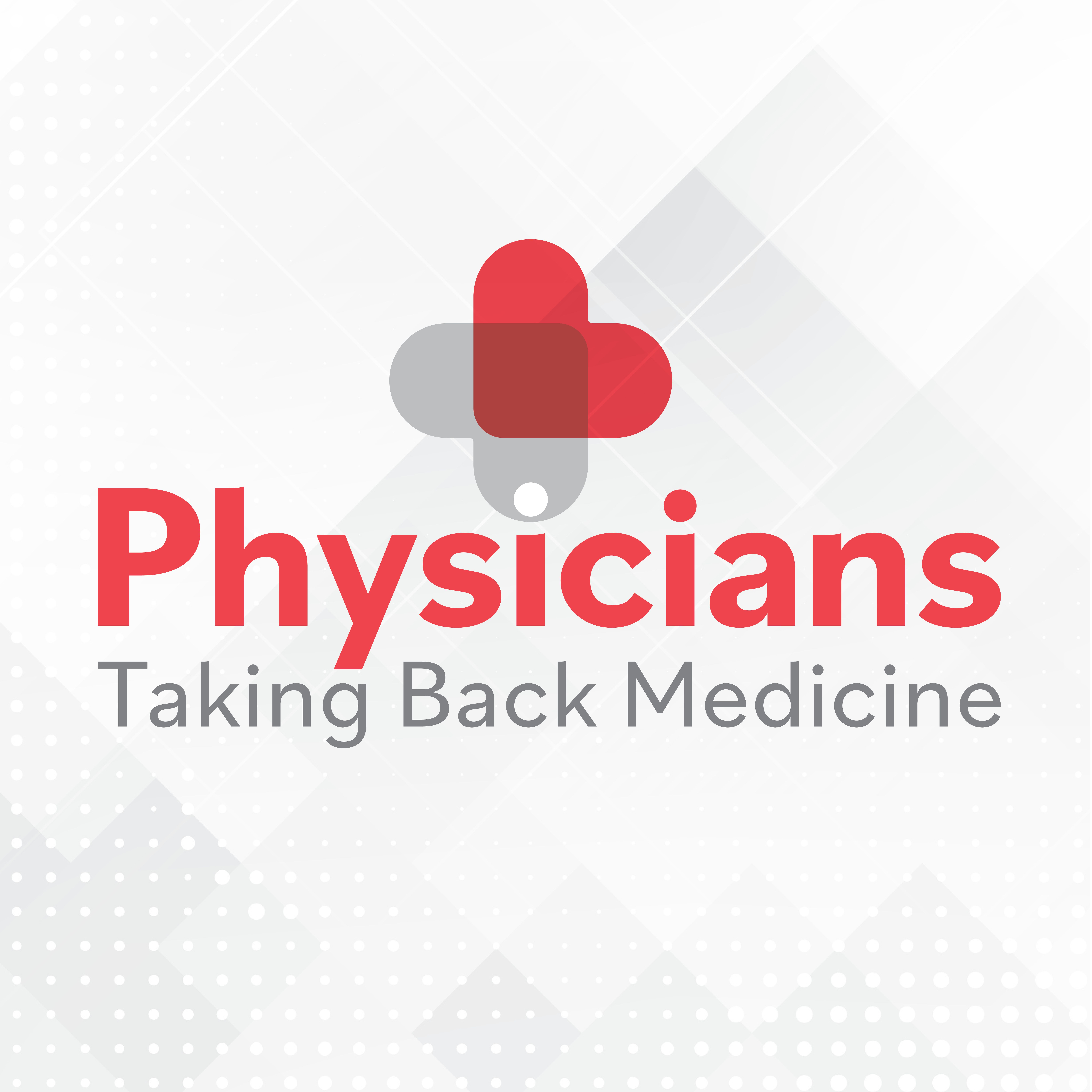Article
How can we ensure the future of independent practices?
Author(s):
Patients like the personalized care small practices offer, but the rules are stacked against them

As an independent, solo, family doctor my practice’s existence is in jeopardy. Insurers reimburse me at lower rates than large groups and exclude me from ever-narrowing networks. Far too much of my professional time is spent providing quality and cost data to insurers and the government. I am not alone. My experience has become woefully common in American medicine.
Small independent practices (SIPs) are disappearing at an astounding rate. Younger physicians eschew the administrative and entrepreneurial challenges of a small practice. Bigger practices bring the promise of economies of scale and stronger negotiating positions with insurers. Hospitals buy practices to extend and defend turf.
In a big group, the work of providing cost and quality data can be readily assigned to a dedicated employee. Between 1983 and 2014, the percentage of physicians practicing alone fell from 41 to 17 percent while the percentage of physicians in practices with 25 or more doctors quadrupled, according to a 2016 Commonwealth Fund report. From 2004 to 2011, hospital ownership of physician practices increased from 24 percent of practices to 49 percent, according to a 2016 report in the Annals of Family Medicine.
Consolidation works for some industries, but not for others. Amazon, for example, has succeeded by offering selection, convenience, and prompt delivery (though at the cost of putting some locally-owned stores out of business). But medicine is not a shopping emporium—-medicine is personal. Large practices rarely offer patients the convenience, prompt service, and personalized approach they desire. In fact, many American patients are worried that the trend toward Big Medicine will be costly and jeopardize their health. A 2018 survey showed that:
69 percent of Americans favor congressional action to limit consolidation of healthcare.
60 percent view purchasing of independent practices as a threat to affordable care.
25 percent saw consolidation as a direct threat to their health.
Big Medicine has neither improved quality nor lowered costs. “Consolidation has not resulted in lower prices, higher quality, or better care experiences. Hospital ownership of a doctor’s group dramatically increases the probability that patients go to hospitals that employ their doctor, even when those hospitals are lower quality and higher cost,” according to Farzad Mostashari, MD, the CEO of ACO company Aledade, the author of the Annals report. He also points out that the main effect of consolidation is to increase market power, which is used to extract higher prices from payers and to prevent any efficiencies from being passed on to consumers.
In my own practice, costs per patient are among the lowest in my state, and my quality metrics rank among the best. But low costs and high quality offer no guarantee of success when faced with a system seemingly dedicated to extinguishing small practices. Medicare’s proposed value-based reimbursement program anticipates penalizing 87% of solo practices whereas most large practices will be rewarded. CMS’s policy represents a funds transfer from small to large practices.
In another “Robin Hood in reverse” move, one insurer pays incentives based on the number of members meeting quality goals with a big caveat. If the number of patients (N) in a quality measure is under 10, the practice earns only 25% of what is paid to a practice with an N of 30 or more.
The insurer’s statistician claims that an N of 30 is required for statistical significance. You can prove whatever you want with statistics; you can also use statistics to steal from the poor and give to the rich. This discriminatory policy costs me thousands of dollars annually. Indeed, the insurer’s chief medical officer freely acknowledged that one of his company aims is to force small practices to join larger groups.
The roots of the problem go deep. Medicine’s most powerful entities (insurers, hospitals, medical schools, and governmental agencies) have a myopic institutionalized view of medicine that biases them against small organizations. Representatives of these huge institutions formulate our health care policy, and Big Medicine has an army of lobbyists working on their behalf. Most medical schools don't even teach practice management, an essential tool required to run an independent practice. Medical students look at me in confusion when I bring up business issues confronting a solo doctor.
But the crucial truth is this: Small practices are better for patients. A 2014 study in Health Affairs showed that patients of small-practice physicians have a lower rate of preventable readmissions than those in larger practices. Recent evidence suggests that small, physician-owned practices provide a greater level of personalization and responsiveness to patient needs at a lower average cost per patient. Surveys suggest patients trust independent physicians more than employed doctors.
And small practices are better for doctors. Fifty-five percent of American physicians are burned out, but burnout affects only 13.5% of doctors in SIPs. Physicians in small practices tend to have deeper relationships with their patients and increased autonomy. Doctors in SIPs often are happier and report greater professional satisfaction than those employed by large groups, according to a 2018 article in the Journal of the American Board of Family Medicine.
But SIPs will not survive without a profound shift in the regulatory climate. To ensure fair compensation, promote competition, and protect patient choice, policies must include:
Primary care payment rates for SIPs at parity with rates paid to large groups
Decreased regulatory burden on providers and administrative relief to small practices
Investigation by the FTC of hospitals engaging in coercive monopolies and anti-competitive practices, which force patients to use services within their system, thereby denying patients choice and locking out independent providers
SIPs offer patients the choice of cost-effective, high-quality, and personalized health care. If the personalized medical care offered by SIPs is to be preserved, the rules of the game must change.
John Machata, MD, is a family physician practicing in Wickford, R.I.





